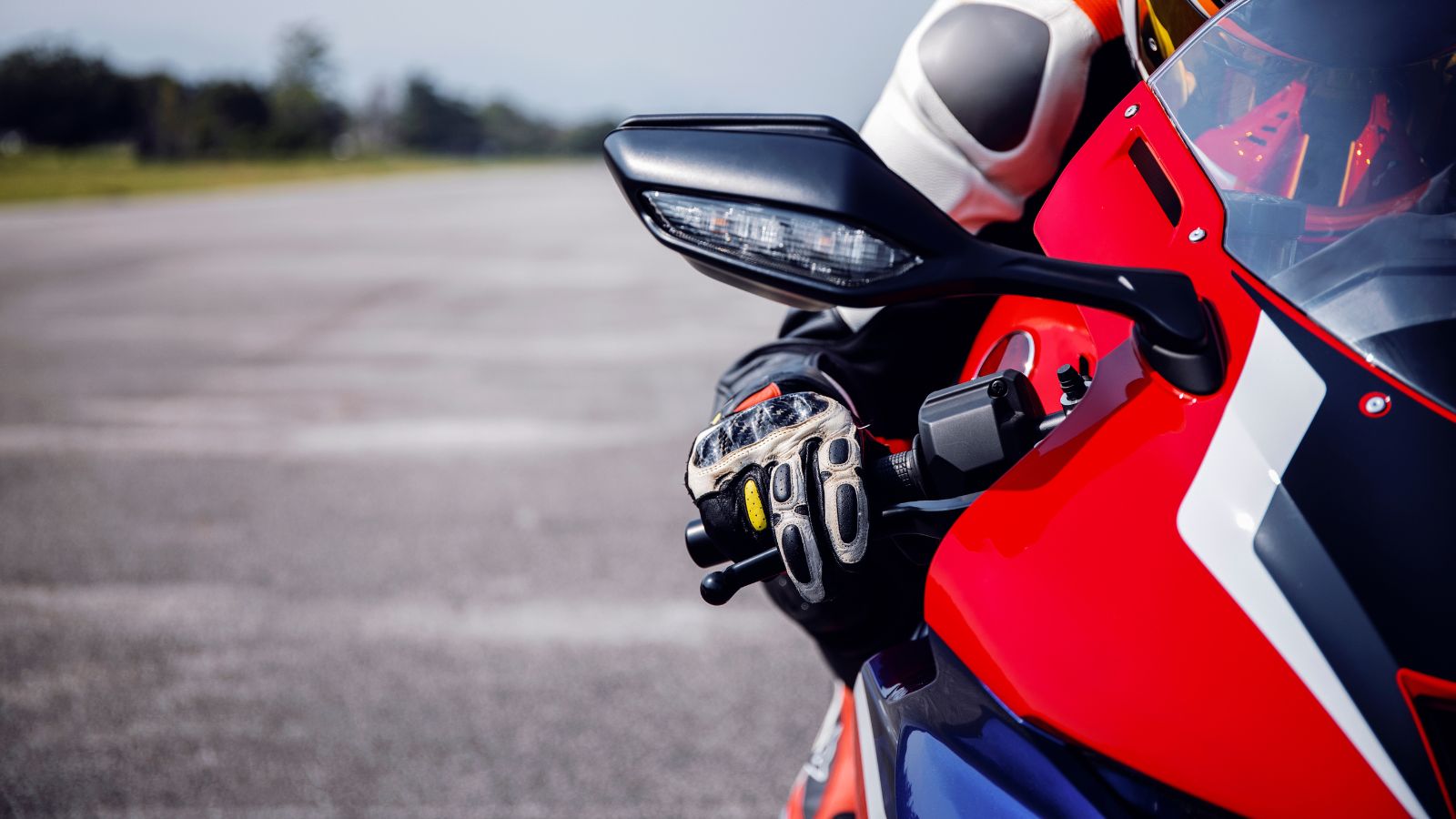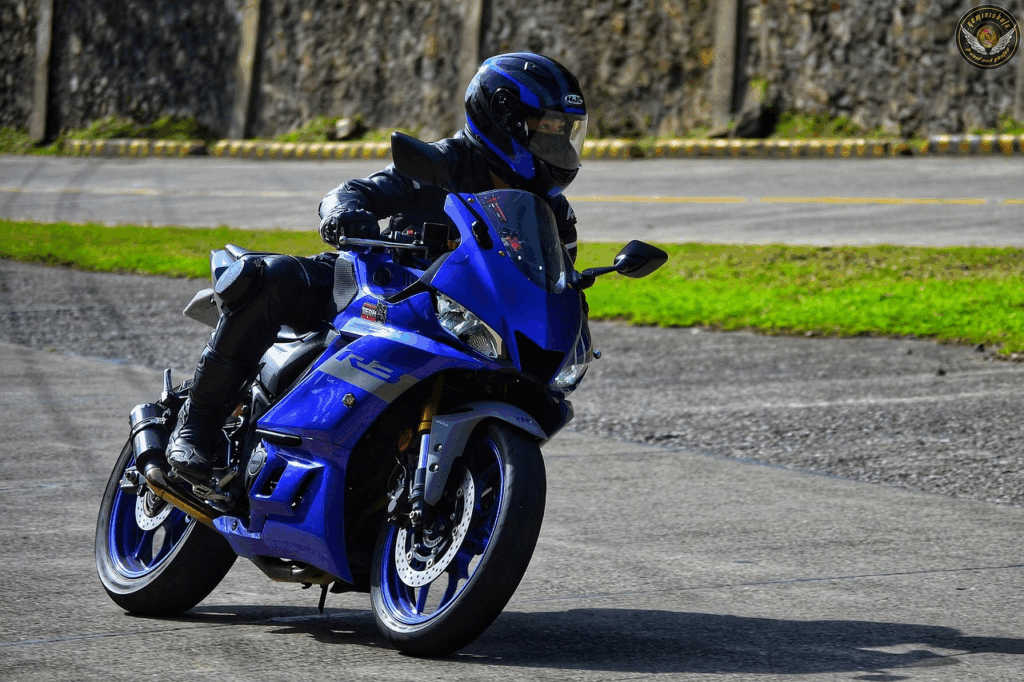Are you ready for something that will really freak you out?
It’s about single-vehicle motorcycle accidents.
Believe it or not, they happen way more often than most riders realize. And get this…
Most of these accidents are totally avoidable. 37% of motorcycle deaths occur in single-vehicle crashes. So over a third of motorcycle fatalities don’t even involve another car or truck hitting them. They’re all just the rider’s fault.
But here’s the thing…
The vast majority of those crashes could have been prevented. With better knowledge and skill, the rider could have avoided the error that caused the accident.
If you’ve been involved in a single vehicle crash and feel someone else was partially or fully responsible, you’ll likely need the help of a motorcycle accident lawyer to protect your rights.
But this article will cover…
- Why Single-Vehicle Crashes Happen
- The Top Rider Errors That Cause Crashes
- Cornering Mistakes That Kill
- Speed and Braking Blunders
- How Alcohol Makes Everything Worse
- Road Conditions and Mechanical Issues
- Prevention Strategies That Work
Why Single-Vehicle Crashes Happen
First, it’s important to understand that single-vehicle motorcycle crashes don’t just happen by chance or bad luck.
They are predictable and often follow the same patterns. The vast majority of single-vehicle crashes can be attributed to the following causes:
- Loss of control due to excessive speed, improper braking, poor cornering technique or other factors
- Hazard avoidance or emergency maneuvers gone wrong
- Alcohol or drug impairment
- Mechanical failure or lack of maintenance
- Driver error due to distraction, fatigue or poor judgment
- Road conditions like debris, potholes or slick surfaces
When riding, it’s crucial to understand that the most dangerous moments happen when you lose control of the motorcycle. Unlike car accidents, where you can often walk away even from high-speed collisions, a loss of control on a motorcycle typically results in a serious crash. This is because motorcycles are two-wheeled vehicles with no protective cage around the rider. When something goes wrong, the rider is immediately exposed to the full force of the impact.
The best way to avoid this is to never get into a situation where you have to take evasive action. Keep speed and braking in check, maintain good cornering technique and never ride impaired.
The Top Rider Errors That Cause Crashes

Now let’s dive into the mistakes that turn a fun ride into a nightmare…
Cornering Mistakes That Kill
80% of single vehicle motorcycle crashes occur on corners. It’s not a coincidence – corners are where the vast majority of single-vehicle crashes happen.
Why? Riders are making the wrong line choice, over-braking on entry or trying to carry too much speed into the turn.
Cornering is a very dynamic and physical process. If you’re traveling at 45 mph and the corner is 90 degrees or tighter, you are going to experience some degree of centrifugal force as your body and bike try to move in a straight line even as you turn.
The problem with corners is that they require a high degree of skill and awareness to navigate safely.
If you don’t line up the bike correctly and enter the turn at the right speed, you will have to slow down or change direction quickly, which increases the risk of a crash.
Speed and Braking Blunders
Speeding plays a role in 35% of all motorcycle crashes. But it’s not just about going over the speed limit.
Experienced riders know that speed must be adjusted for conditions. A safe speed on a dry road becomes dangerous in a corner or slick weather.
Higher speeds give you less time to react and make a crash much worse.
In addition to cornering, improper braking is another huge cause of single-vehicle crashes.
In particular, these rider errors are often to blame:
- Panic braking in the middle of a turn – when you grab both brakes hard while leaned over, you’re practically guaranteeing a crash
- Front wheel lockup due to excessive front brake application – this sends the bike down instead of stopping it
- Late braking before a turn or obstacle
The solution to braking problems is to always slow down before you enter a turn, and then carry a straight line as much as possible while navigating the corner.
Cornering Mistakes That Kill
Since corners are so dangerous, let’s take a deeper look at what goes wrong…
The Early Apex Problem
I can’t tell you how many riders I see make this same mistake.
Hitting the apex of a corner too early is one of the most dangerous cornering errors. It creates a problem that gets exponentially worse the longer the corner goes.
Here’s how it works: You turn in too soon, which feels like no big deal at first. But as the corner continues, your current line takes you wider and wider. By the time you realize it, you’re out of the road.
Solution: Use a late apex. Stay wide on corner entry, and delay turning in as long as possible. This will give you a much bigger margin for error.
Trail Braking Gone Wrong
Trail braking is an advanced technique where you carry light brake pressure into the early part of a turn to help with turn in.
If done correctly by an experienced rider, it can be useful. If done incorrectly by an inexperienced rider, it results in a locked front wheel and a crash.
So if you don’t have training and experience with advanced techniques, don’t use them. Slow down before the turn, not during it.
How Alcohol Makes Everything Worse
Here’s something you might not expect…
41% of alcohol-impaired motorcycle crashes are single-vehicle accidents.
Riding a motorcycle while impaired dramatically increases your own chances of a crash.
Alcohol affects all the skills you need to ride safely:
- Reaction time – Slower reactions to changing conditions
- Judgment – Bad decisions on speed and cornering
- Balance – Critical to motorcycle control
- Vision – Seeing hazards
Riding a motorcycle requires precision and split-second decisions. Alcohol makes you worse at both.
Road Conditions and Mechanical Issues
It’s not always rider error. The following factors can contribute to single-vehicle crashes:
- Road conditions like gravel or oil in a corner
- The weather is making the road slick
- Mechanical failure such as a brake problem or a tire blowout
- Road design like a poorly banked corner or unexpected camber change
Learning to manage these risks through defensive riding techniques comes with experience.
Prevention Strategies That Work
The good news is that most single-vehicle crashes are preventable. The key strategies include:
- Take a motorcycle safety course to correct bad habits
- Practice emergency maneuvers like swerves and braking to build reflexes
- Ride within your limits and skill level
- Perform regular maintenance on your bike
- Never ride impaired by alcohol or drugs
Every time you ride, you have an opportunity to practice good habits or reinforce bad ones.
Make sure you’re building the right skills.
Bringing It All Together
It’s important for motorcycle riders to understand that single-vehicle accidents happen far more often than they think, and the vast majority of these crashes could have been avoided.
This data demonstrates that most single-vehicle crashes are the result of rider error in predictable situations.
Loss of control on corners, going too fast for conditions, and braking mistakes are the three leading causes of these crashes.
The good news is that with the proper techniques, most of these accidents can be prevented.
Motorcycle riders can dramatically reduce their risk by following the safety advice in this article:
- Proper cornering technique including late apexing and smooth inputs
- Managing speed to match the road conditions
- Maintaining good braking technique by slowing down before turns
- Never riding impaired by alcohol or drugs
Motorcycle riding is a privilege and a serious responsibility.
Respect the bike, the road and your own limits at all times. Your life depends on it.

